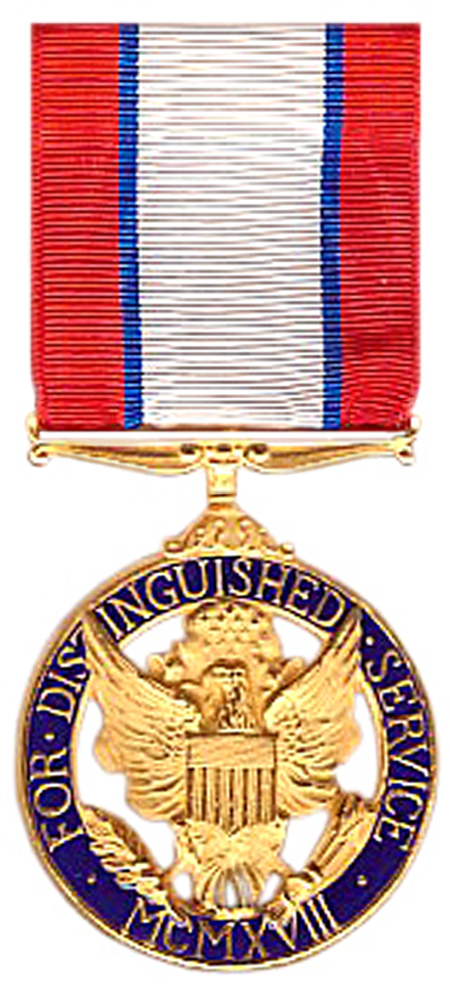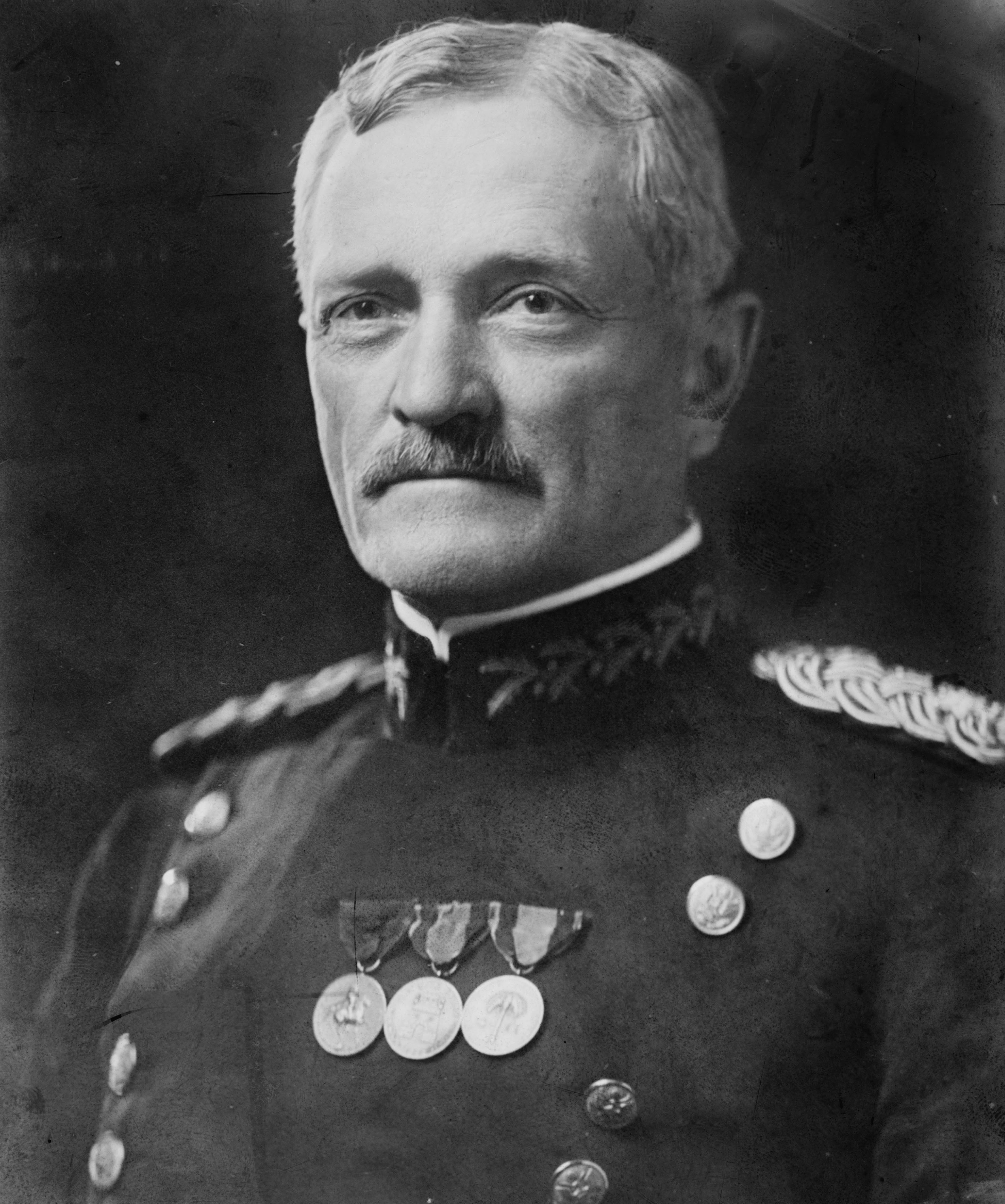|
Ewing E. Booth
Ewing E. Booth (February 28, 1870 - February 19, 1949) was a general in the United States Army who fought in the Spanish–American War and World War I. He received several decorations for his service, including the United States Army Distinguished Service Medal and the French Croix de Guerre. Early life Booth was born on February 28, 1870, to Nathaniel and Martha Bower Booth in Bowers Mill, Missouri. In 1892, he married Elizabeth "Lizzie" Williams; they were the parents of a daughter, Gladys.Davis, Henry Blaine Jr. (1998). ''Generals in Khaki'' p. 45–46. Raleigh, North Carolina, Pentland Press. Military career In 1893, Booth enlisted in Colorado Army National Guard, Colorado National Guard as a Private (rank), private. In 1896, he received his commission as a Second lieutenant#United States, second lieutenant. He served as a Captain (United States O-3), captain in the 1st Colorado Volunteer Infantry during the Spanish–American War , partof = the Phili ... [...More Info...] [...Related Items...] OR: [Wikipedia] [Google] [Baidu] |
Haudainville
Haudainville () is a Communes of France, commune in the Meuse (department), Meuse Departments of France, department in Grand Est in north-eastern France. See also *Communes of the Meuse department References Communes of Meuse (department) {{Meuse-geo-stub ... [...More Info...] [...Related Items...] OR: [Wikipedia] [Google] [Baidu] |
Captain (United States O-3)
In the United States Army (), U.S. Marine Corps (USMC), U.S. Air Force (USAF), and U.S. Space Force (USSF), captain (abbreviated "CPT" in the and "Capt" in the USMC, USAF, and USSF) is a company-grade officer rank, with the pay grade of O-3. It ranks above first lieutenant and below major. It is equivalent to the rank of lieutenant in the Navy/Coast Guard officer rank system and should not be confused with the Navy/Coast Guard rank of captain. The insignia for the rank consists of two silver bars, with slight stylized differences between the Army/Air Force version and the Marine Corps version. History The U.S. military inherited the rank of captain from its British Army forebears. In the British Army, the captain was designated as the appropriate rank for the commanding officer of infantry companies, artillery batteries, and cavalry troops, which were considered as equivalent-level units. Captains also served as staff officers in regimental and brigade headquarters ... [...More Info...] [...Related Items...] OR: [Wikipedia] [Google] [Baidu] |
1st Cavalry Brigade (United States)
The 1st Armored Brigade Combat Team, 1st Cavalry Division (the "First Iron Horse Brigade, First Cavalry Division")is a cavalry unit of the United States Army based in Fort Hood, Texas. History It was constituted 29 August 1917 in the United States Army as Headquarters, 1st Cavalry Brigade. The brigade was organized as part of the 15th Cavalry Division in February 1917 at Fort Sam Houston, Texas. The brigade's initial wartime service was patrolling the United States–Mexico border, until demobilization on 14 July 1919, at Brownsville, Texas. Operating from horseback, the cavalry was charged with halting the band of smugglers that operated along the desolate Mexican border, performing duties that are today performed by the United States Border Patrol. The brigade was later reconstituted 20 August 1920 in the Regular Army as Headquarters and Headquarters Troop, 1st Cavalry Brigade, an element of the 1st Cavalry Division. On 1 September 1921, the unit organized at Camp Harry J. ... [...More Info...] [...Related Items...] OR: [Wikipedia] [Google] [Baidu] |
4th Cavalry Brigade (United States)
The 4th Cavalry Brigade is an AC/RC unit based at Fort Knox, Kentucky. The unit is responsible for training selected United States Army Reserve & National Guard units that are based East of the Mississippi River. The brigade was originally formed as an element of the 2nd Cavalry Division but was inactivated after the division was broken up. The unit was formerly designated as 4th Brigade, 85th Division. The brigade is a subordinate unit of the 1st Army. Organization World War II organization * Headquarters and Headquarters Troop, 4th Cavalry Brigade ** 9th Cavalry Regiment (Cld) ** 10th Cavalry Regiment (Cld) ** 28th Cavalry Regiment (Cld) Current Organization The unit is composed of: * Headquarters and Headquarters Troop, 4th Cavalry Brigade * 3rd Battalion, 337th Regiment (Training Support Battalion) * 2nd Battalion, 340th Regiment (Training Support Battalion) * 3rd Battalion, 383rd Regiment (Training Support Battalion * 1st Battalion, 409th Regiment (Brigade Engineer Ba ... [...More Info...] [...Related Items...] OR: [Wikipedia] [Google] [Baidu] |
US Army War College
The United States Army War College (USAWC) is a U.S. Army educational institution in Carlisle, Pennsylvania, on the 500-acre (2 km2) campus of the historic Carlisle Barracks. It provides graduate-level instruction to senior military officers and civilians to prepare them for senior leadership assignments and responsibilities. Each year, a number of Army colonels and lieutenant colonels are considered by a board for admission. Approximately 800 students attend at any one time, half in a two-year-long distance learning program, and the other half in an on-campus, full-time resident program lasting ten months. Upon completion, the college grants its graduates a master's degree in Strategic Studies. Army applicants must have already completed the U.S. Army Command and General Staff College and the required Joint Professional Military Education for officers in the rank of major. While the Army handpicks most of the students who participate in the residential program, the stud ... [...More Info...] [...Related Items...] OR: [Wikipedia] [Google] [Baidu] |
Army Distinguished Service Medal
The Distinguished Service Medal (DSM) is a military decoration of the United States Army that is presented to soldiers who have distinguished themselves by exceptionally meritorious service to the government in a duty of great responsibility. The performance must be such as to merit recognition for service that is clearly exceptional. The exceptional performance of normal duty will not alone justify an award of this decoration. The Army's Distinguished Service Medal is equivalent to the Navy and Marine Corps' Navy Distinguished Service Medal, Air Force and Space Force's Air Force Distinguished Service Medal, and the Coast Guard Distinguished Service Medal. Prior to the creation of the Air Force Distinguished Service Medal in 1960, United States Air Force airmen were awarded the Distinguished Service Medal. Description *The Coat of Arms of the United States in Gold surrounded by a circle of Dark Blue enamel, 1 ½ inches in diameter, bearing the inscription "FOR DISTINGUISHED SER ... [...More Info...] [...Related Items...] OR: [Wikipedia] [Google] [Baidu] |
Battle Of Saint-Mihiel
The Battle of Saint-Mihiel was a major World War I battle fought from 12–15 September 1918, involving the American Expeditionary Forces (AEF) and 110,000 French troops under the command of General John J. Pershing of the United States against German positions. The U.S. Army Air Service played a significant role in this action.Hanlon (1998)History of War (2007) This battle marked the first use of the terms "D-Day" and "H-Hour" by the Americans. The attack at the Saint-Mihiel salient was part of a plan by Pershing in which he hoped that the Americans would break through the German lines and capture the fortified city of Metz. It was the first large offensive launched mainly by the United States Army in World War I, and the attack caught the Germans in the process of retreating. This meant that their artillery was out of place and the American attack, coming up against disorganized German forces, proved more successful than expected. The Saint-Mihiel attack established the st ... [...More Info...] [...Related Items...] OR: [Wikipedia] [Google] [Baidu] |
Second Battle Of The Marne
The Second Battle of the Marne (french: Seconde Bataille de la Marne) (15 July – 18 July 1918) was the last major German offensive on the Western Front (World War I), Western Front during the World War I, First World War. The attack failed when an Allied counterattack, supported by several hundred tanks, overwhelmed the Germans on their right flank, inflicting severe casualties. The German defeat marked the start of Hundred Days Offensive, the relentless Allied advance which culminated in the Armistice of 11 November 1918, Armistice with Germany about 100 days later. Background Following the failure of the German spring offensive to end the conflict, Erich Ludendorff, Operations (military staff), Chief Quartermaster General, believed that an attack through Flanders would give Germany a decisive victory over the British Expeditionary Force (World War I), British Expeditionary Force (BEF). To shield his intentions and draw Allied troops away from Belgium, Ludendorff planned for ... [...More Info...] [...Related Items...] OR: [Wikipedia] [Google] [Baidu] |
4th Infantry Division (United States)
The 4th Infantry Division is a division of the United States Army based at Fort Carson, Colorado. It is composed of a division headquarters battalion, three brigade combat teams (two Stryker and one armor), a combat aviation brigade, a division sustainment brigade, and a division artillery. The 4th Infantry Division's official nickname, "Ivy", is a play on words of the Roman numeral ''IV'' or 4. Ivy leaves symbolize tenacity and fidelity which is the basis of the division's motto: "Steadfast and Loyal". The second nickname, "Iron Horse", has been adopted to underscore the speed and power of the division and its soldiers. World War I The 4th Division was organized at Camp Greene, North Carolina on 10 December 1917 under the command of Maj. Gen. George H. Cameron. It was here they adopted their distinctive insignia, the four ivy leaves. The ivy leaf came from the Roman numerals for four (IV) and signified their motto "Steadfast and Loyal". The division was organized as p ... [...More Info...] [...Related Items...] OR: [Wikipedia] [Google] [Baidu] |
77th Sustainment Brigade
The 77th Sustainment Brigade is a unit of the United States Army that inherited the lineage of the 77th Infantry Division ("Statue of Liberty"), which served in World War I and World War II. Its headquarters has been at Fort Dix, New Jersey, since its predecessor command, the 77th Regional Readiness Command, was disestablished in 2008 from Fort Totten, New York, Fort Totten in Bayside, Queens, New York. Soldiers from the 77th have served in most major conflict and contingency operations since World War II. The division is nicknamed the "Statue of Liberty Division"; the shoulder patch bears the Statue of Liberty in gold on a blue isosceles-trapezoid shape. U.S. Marines on Guam nicknamed them the "77th Marine Division". The Clearview Expressway in Queens, New York, is named the "U.S. Army 77th Infantry Division Expressway", honoring the division and its successor commands. World War I *Activated: 18 August 1917 Camp Upton in Yaphank, New York. *Operations: Meuse-Argonne Offensiv ... [...More Info...] [...Related Items...] OR: [Wikipedia] [Google] [Baidu] |
1st Cavalry Regiment (United States)
The 1st Cavalry Regiment is a United States Army regiment that has its antecedents in the early 19th century in the formation of the United States Regiment of Dragoons. To this day, the unit's special designation is "First Regiment of Dragoons". While they were the First Regiment of Dragoons another unit designated the 1st Cavalry Regiment was formed in 1855 and in 1861 was re-designated as the 4th Cavalry Regiment (units were renumbered based on seniority and it was the fourth oldest mounted regiment in active service). The First Dragoons became the 1st Cavalry Regiment since they were the oldest mounted regiment. Background During the American Revolutionary War (1775–1783), Continental forces patterned cavalry units after those of the opposing British forces, especially the well-supplied mounted dragoons of the British Army. The first cavalry unit formed by the Congress of the United States of America was a squadron of four troops (the Squadron of Light Dragoons) comman ... [...More Info...] [...Related Items...] OR: [Wikipedia] [Google] [Baidu] |






